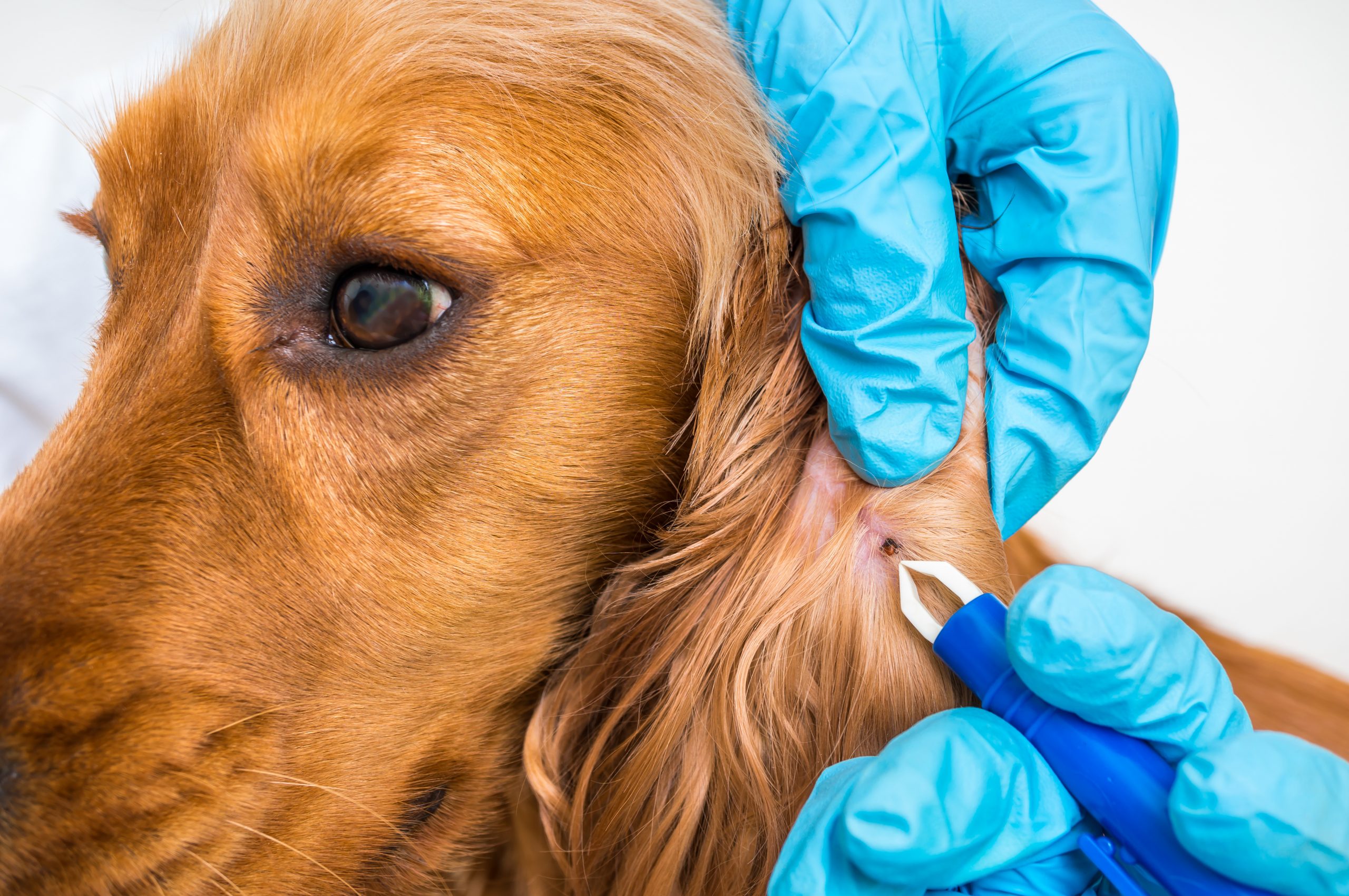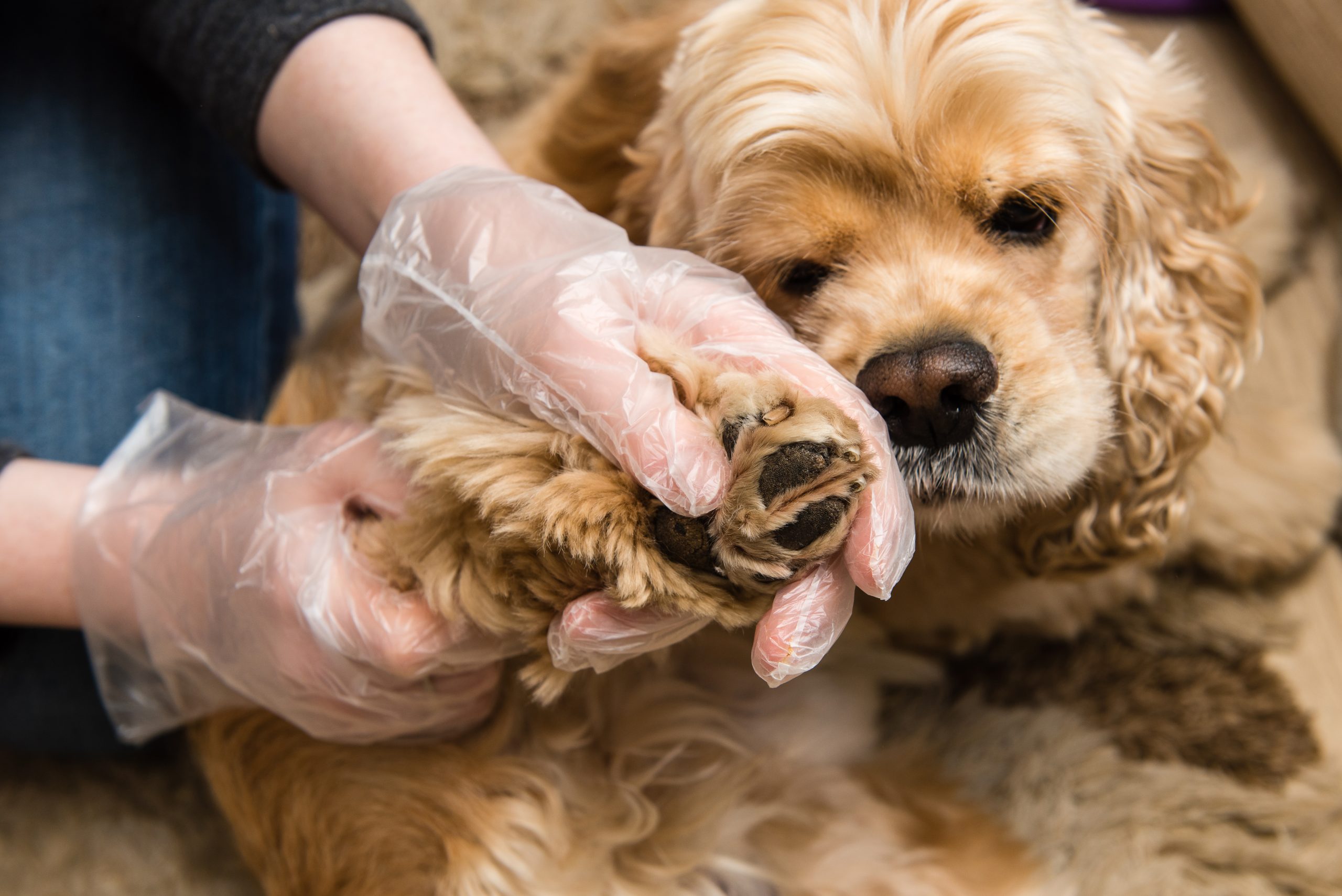The prevention and treatment of fleas are some of the things you will have to focus on as a dog owner. It is primarily part of the primary health care for dogs as flea infestation gives dogs a lot of discomforts.
Most people know that they need to treat their dogs for flea infection, but are mostly ignorant of how to go about it.
If your dog is presently going through a flea infestation, then here are some safety tips to consider when treating your furry friend.
1. Act Fast
Dogs are most susceptible to develop a flea infestation during the humid weather. That is because warm weather is most comfortable for the outbreak of flea infestation even though they are around all through the year.
Therefore, you need to be extra careful during warm weather to notice when your dog has fleas quickly. Once you see that your dog is showing signs of a flea infestation, contact your veterinarian immediately!
Don’t convince yourself to hold on until your dog has more fleas. It will bring your dog more discomfort because they were most likely there before you noticed it. It might just be that the weather before didn’t favor their spread before then.
2. Consult Your Vet
Consulting your veterinarian is the next step to take once you confirmed your dog has fleas. Don’t assume you know the perfect medication to treat your dog.
Also consult your vet especially if your dog has underlying health issues, or if your dog is old or pregnant. These conditions can make your dog sensitive to certain medications.
If the health of your dog is poor, your vet may recommend a special comb to pick up the fleas and soapy water to kill them in. Consult your vet before using any flea or tick medications for your pet.
3. Follow Instructions
Following instructions is one of the essential safety tips you must adhere to when treating your dog. Never assume you know what to do, instead read the instructions carefully on your prescription before applying it to your dog.
Don’t use a cat’s medicine on your dog! Also, check to see if the medication has a recommended pet size and quantity. Apply the amount of recommended doze, don’t double it up because you want fast action.
Avoid using the right medicine the wrong way as it may adverse effects on your dog. Always read the instructions, before you administer a treatment, doing this will save your dog a lot of pain.
4. One Treatment at a Time
Don’t use different medications on your dog at a time. Wait for the effect of a product to leave your dog’s system, before establishing introducing another one, if necessary. It can be quite tempting to want to do this for quick relief but resist the temptation.
Using more than one product may not necessarily increase the chances of you helping your dog; instead, it may work to harm your dog. So be patient in going with a method. You can visit flea mail to see the treatment options for your dog’s specific condition.
5. Use Protective Gears
Whatever nature of the treatment you are giving your dog, the first thing to do is to protect yourself. The procedure could involve the use of spray, applying a topical ointment (cream), or the use of drugs. Whatever it is, make sure there is a protective gear that you can use. Your primary protective equipment should be a glove.
The gloves don’t have to be an elaborate one; a pair of the typical home plastic gloves will do. However, do not use a pair that is too thin to handle chemicals because the chemicals might be able to penetrate its thickness.
If you can get long gloves, please do. Longer gloves are better than shorter ones. However, if a glove is not readily available during the treatment period, make sure you wash up thoroughly with soap and water.
Also, for treatments involving spray, you may need to get a nose mask for air filtering. Inhaling such sprays may be harmful to your health. These precautions are required, especially if you have conditions that have compromised your immune system.
6. Isolate Your Pet
The nature of flea infestation and treatment will require that you isolate your dog at this time.
Keep your dog from your immediate surroundings while the medication takes effect especially if you used a spray. Let the product dry off before the dog comes back in proximity with humans.
Keep the dog from yourself and your family during this period. This is to prevent accidents and contamination of things in the house due to the dog’s movements.
7. Observe for Adverse Effects
After isolating and applying the treatment, observe your dog periodically to ensure that the product used for treatment doesn’t have chemicals affecting the dogs adversely.
Also watch out for allergic reactions from your dog like sneezing, vomiting, diarrhea and sometimes seizures. If you notice any of this, bath your dog right away if the treatment was applied in a spray form or through other topical methods. If not, reach out and call your Vet for help.
Conclusion
Flea problems are a common reoccurring problem for dogs, but they are not without a solution. However, before using any medication on your make sure you follow safety tips such as using a safety, isolating the dog, watching out for adverse effects, among others. Doing this will ensure your safety and also improve your dog’s health and comfortability while undergoing treatment.


